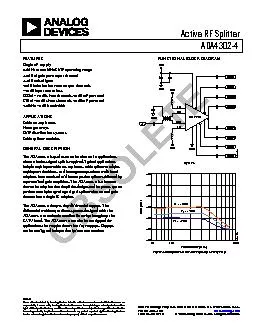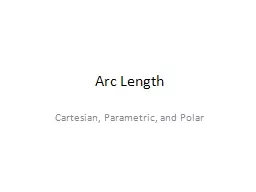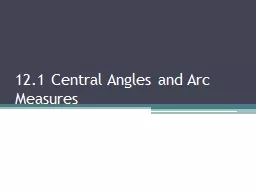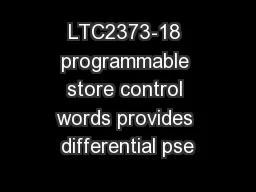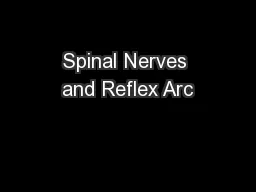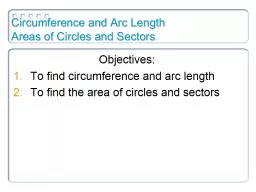PDF-The ADA4302-4 features four differential outputs. The differential arc
Author : tatiana-dople | Published Date : 2015-10-30
FUNCTIONAL BLOCK DIAGRAM SPLITTERVINILPVIPILNGNDGNDJ1GNDVCC VCC VOP1 05017016 VON4 Figure 1 ADA43024 Rev B Page 8 of 12 APPLICATIONS The ADA43024 active splitter
Presentation Embed Code
Download Presentation
Download Presentation The PPT/PDF document "The ADA4302-4 features four differential..." is the property of its rightful owner. Permission is granted to download and print the materials on this website for personal, non-commercial use only, and to display it on your personal computer provided you do not modify the materials and that you retain all copyright notices contained in the materials. By downloading content from our website, you accept the terms of this agreement.
The ADA4302-4 features four differential outputs. The differential arc: Transcript
Download Rules Of Document
"The ADA4302-4 features four differential outputs. The differential arc"The content belongs to its owner. You may download and print it for personal use, without modification, and keep all copyright notices. By downloading, you agree to these terms.
Related Documents

